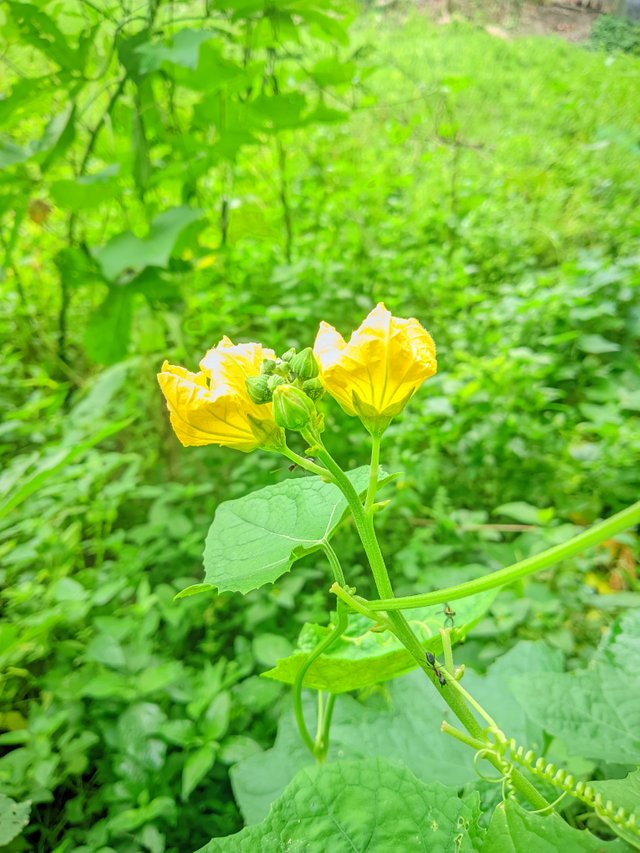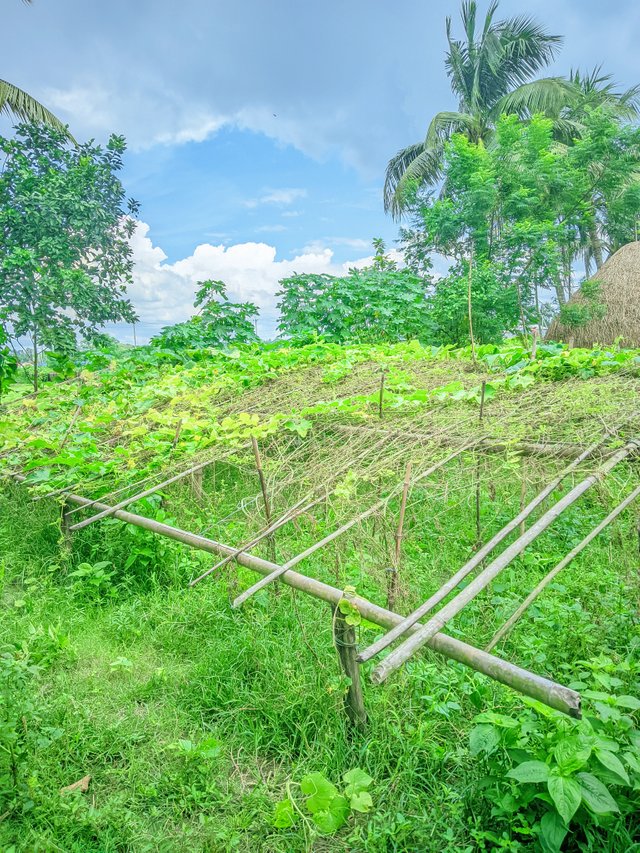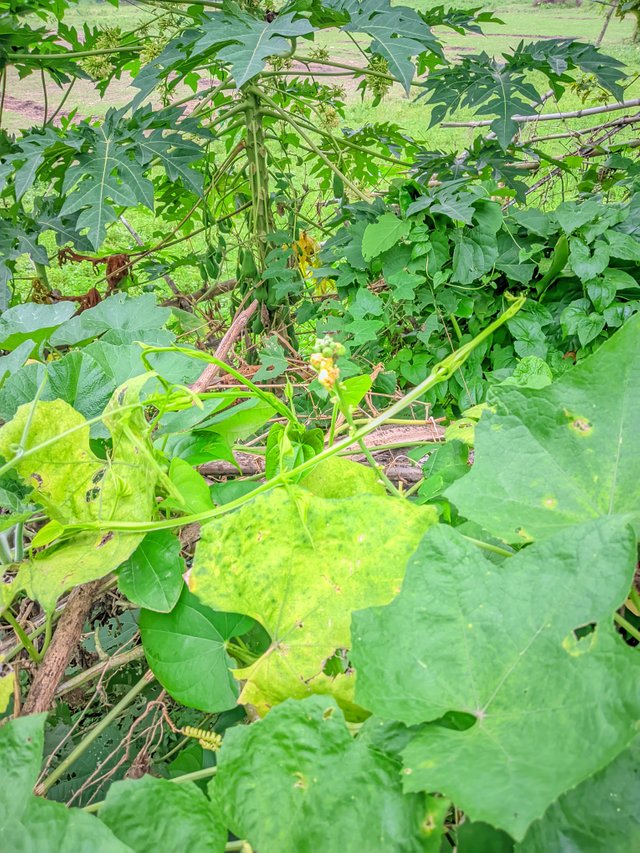How to cultivate potal vegetables
Assalamu Alaikum, I hope everyone is well and I am also well by the grace of Allah Ta'ala. Today I will share with you about the Patal tree.
 |
|---|
Loamy soil is the best for planting Patal tree seedlings. For Patal cultivation, high land should be selected, where rainwater does not stagnate. Before planting the seedlings, the land should be cultivated well and organic fertilizer should be mixed. While planting the seedlings, the distance between rows should be kept at 2 meters and the distance between seedlings should be kept at 1 meter.
 |
|---|
After planting the Patal tree seedlings, regular irrigation should be given and weeds should be cleaned. If the Patal tree is made into a loft, the yield is good. Patal trees are usually attacked by fruit borers and red pumpkin beetles. Regular insecticides should be sprayed to control these insects.
The best time for planting Patal tree seedlings is from February to March. The yield of Patal tree seedlings is available after about three months of planting.
 |
|---|
The Patal tree is a creeping plant, meaning it climbs up or spreads along the ground by leaning on a trellis or other support. Its stem is soft and weak.
Once planted, the Patal tree can produce fruit for 2-3 years. However, although the yield is low in the first year, it increases in the second year and starts to decrease again from the third year. Even if the stem dies, the roots remain alive and new plants grow from those roots.
Its leaves are usually heart-shaped or oval and the tip is narrow. The length of the leaves can be about 7.50 centimeters and the width can be about 5 centimeters. The leaves are slightly rough. The leaf tips are hairy.
The flowers of the Patal tree are usually white or light yellow in color and look like stars. The petals are narrow and long.
The pollination of the Patal tree is done by bees or other insects.
The fruit of the Patal tree can be 6-15 centimeters long. The shape of the fruit is usually like a round cylinder, but both ends may be slightly narrow or blunt.
When raw, the fruit is dark green or light green in color. Some varieties have 9-11 light green or white stripes or lines on the fruit. When ripe, the fruit turns yellowish.
 |
|---|
That's it for today, see you in another post, until then, everyone stay well and healthy. And pray for me so that I can give you beautiful stories. Greetings to everyone again, Assalamu Alaikum Wa Rahmatullahi Wa Barkatuhu
Upvoted! Thank you for supporting witness @jswit.